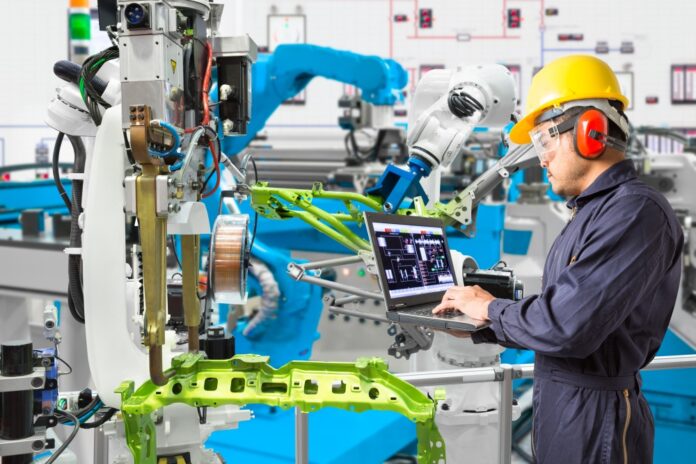They have signed a five-year agreement to deliver cloud-based services to provide tools for remote and in situ work
Vodafone Business and Microsoft announced a new, five-year strategic deal to help small and medium-sized businesses (BMBs) across Europe become more digital.
They say they will deliver end-to-end cloud-based services, that will leverage 5G, edge computing and IoT, starting from today.
The agreement builds on an existing relationship and promises customers “seamless cloud experiences that are flexible, secure, easy to use and future ready – supporting organisations as they transition operations to run outside of legacy infrastructure with professional and managed services that bring the network, cloud and security together to secure and optimise application performance”.
They plan to combine Vodafone Business’ global footprint and “emerging connectivity technologies” – presumably 5G and private mobile networks – with Microsoft’s cloud platforms to give Vodafone’s customers direct access to Microsoft 365, Teams Phone System and Microsoft Azure.
These tools mean employees can stay connected when working remotely and share information in near real-time.
The first area of collaboration is mixed reality (MR, offered through Vodafone Business’ edge computing services and Microsoft’s software and HoloLens 2 headset.
The idea is that firms can improve operations and remote working, and create better onboarding and training for employees.
In a manufacturing setting, for example, MR technology allows engineers to complete maintenance procedures “in half the time” and trainees can learn to operate machinery remotely by following step-by-step instructions, “helping [to] speed up assembly, bringing greater precision and enhancing efficiency on the factory floor”.
MR is supposed to enable instant access to experts at any time, and from anywhere, while the person doing the tasks has both hands free to follow directions. It is claimed this ensures the person in the physical environment is more able to pay attention their surroundings to address “the increasing challenges around safety and compliance”.



